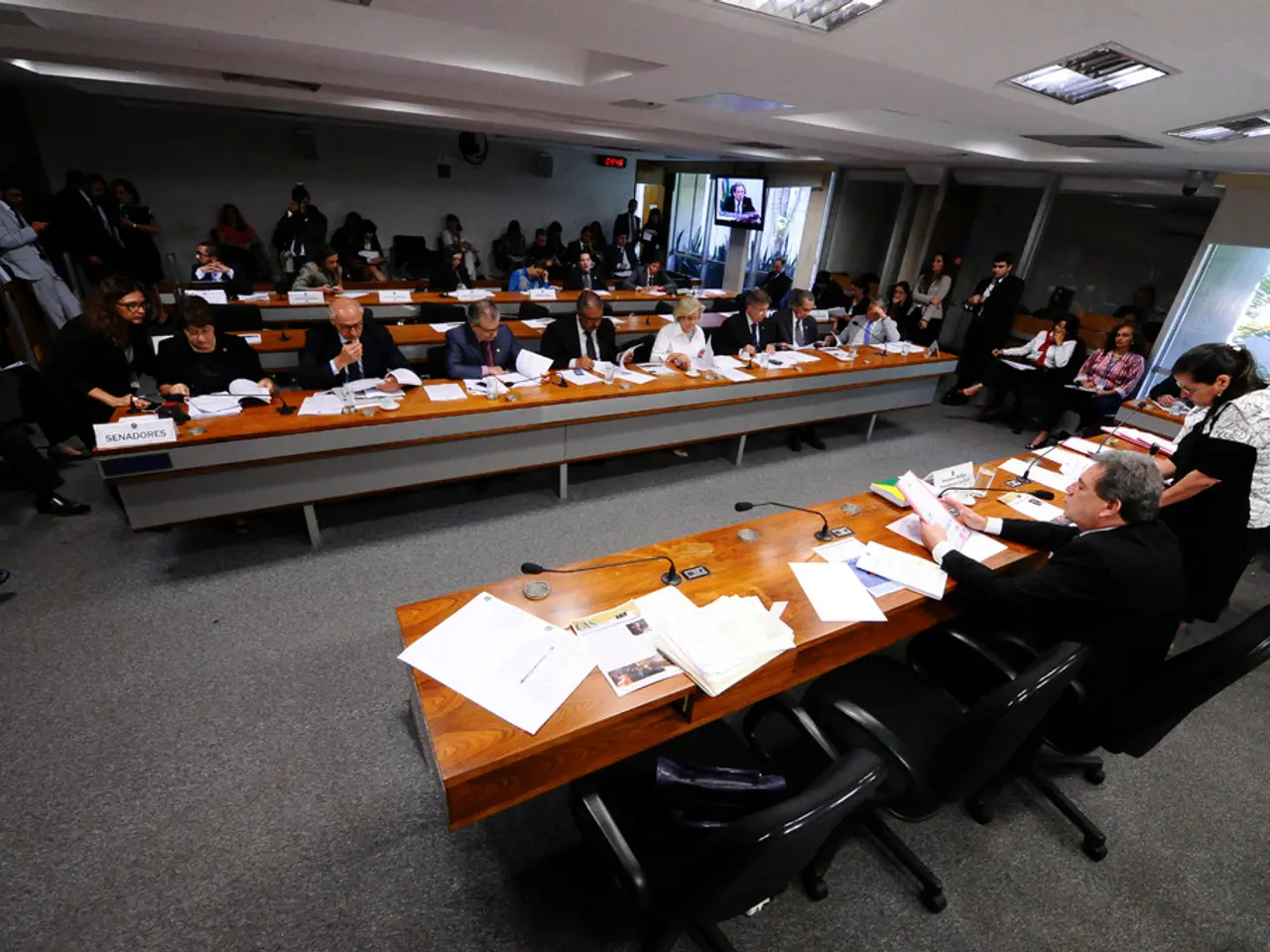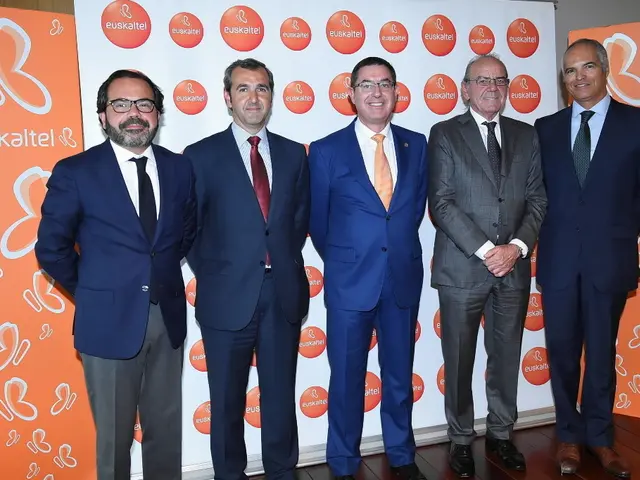Marketing Experts Shift to Consumption Rate Optimization for Better Conversions
Marketing experts are shifting focus from traditional conversion rate optimization (CRO) to consumption rate optimization (CRO). Tas Bober, founder of The Scroll Lab, argues that engaging buyers with valuable content boosts conversions more effectively than merely pushing users towards action.
CRO typically aims to drive users towards a specific goal, like a purchase. However, Bober suggests that optimizing consumption rate - how much content buyers engage with - builds trust and fosters long-term relationships, especially in B2B.
Key metrics for consumption rate optimization include scroll depth and dwell time, which measure user engagement. Tools like heat maps and AI platforms help track consumer interactions with content. By making webpages engaging and educational, businesses can maximize content consumption and boost conversions.
Bober proposes a four-step process for optimizing landing pages: gather baseline data, identify drop-off points, optimize for ease of consumption, and connect consumption signals to conversion outcomes. Understanding user engagement through consumption signals predicts future behavior and identifies key customer pain points. Tools such as heatmaps, click tracking, A/B testing, and user feedback surveys help measure customer interaction with content.
In a real-world example, optimizing a website's engagement levels based on consumption signals led to a 265% increase in conversions. By prioritizing content marketing and conversion optimization, businesses can build trust, improve user experience, and ultimately drive more conversions.
Read also:
- Minimal Essential Synthetic Intelligences Enterprise: Essential Minimum Agents
- Tesla is reportedly staying away from the solid-state battery trend, as suggested by indications from CATL and Panasonic.
- UK automaker, Jaguar Land Rover, to commit £500 million for electric vehicle manufacturing in Merseyside
- IAEA Urges Action as Zaporizhzhia Nuclear Plant's Power Crisis Worsens







